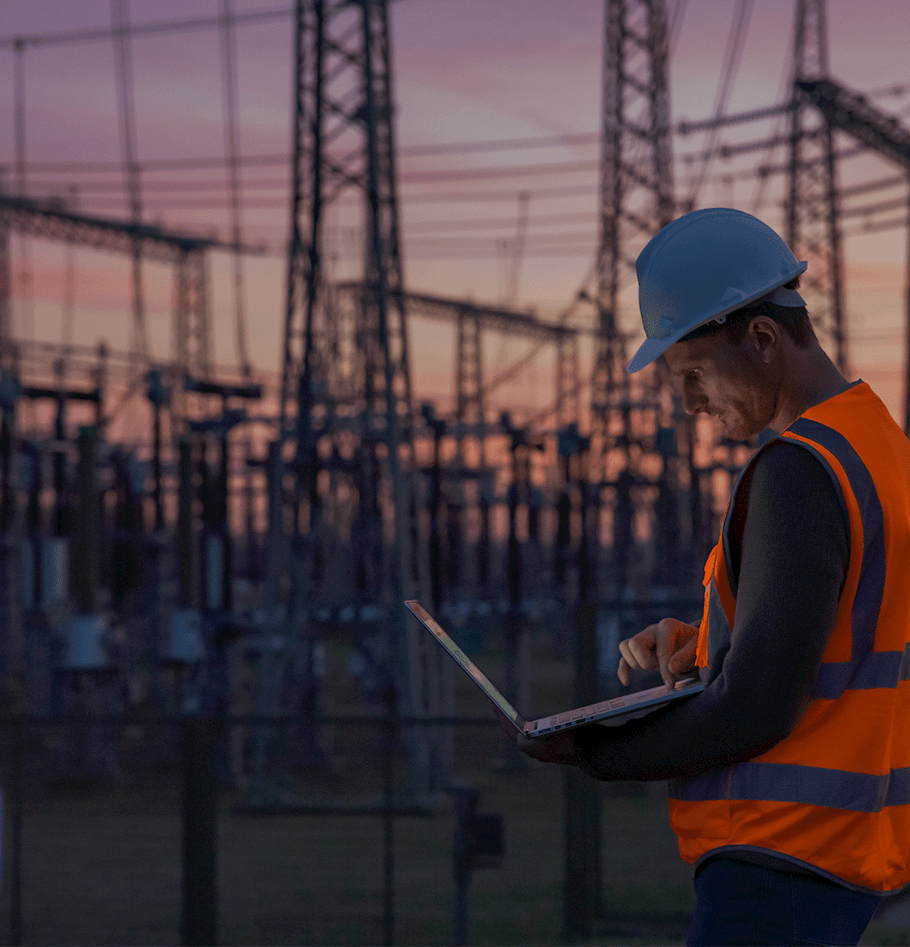Why utilities should engage state energy leaders now for Bipartisan Infrastructure Law grant funding
Utilities and transmission developers have several upcoming opportunities to pursue Bipartisan Infrastructure Law grant funding to upgrade or expand transmission capacity. A key to realizing that opportunity is immediately engaging state energy offices to discuss priority projects.
Here’s why:
Congress funded three major transmission infrastructure grant programs in the BIL:
- Section 40101, preventing outages and enhancing the resilience of the electric grid ($5 billion over five years)
- Section 40103, electric grid reliability and resilience research, development, and demonstration ($5 billion over five years)
- Section 40107, deployment of technologies to enhance grid flexibility ($3 billion over five years to carry out the Smart Grid Investment Matching Grant program)
That’s a robust $13 billion over the next five years. Congress directed roughly one half of the Section 40101 funding to go directly to states, tribal nations, and territories to distribute to “eligible entities,” including electric grid/transmission and storage operators, electricity generators, and distribution providers. (The U.S. Department of Energy will distribute the other half of that $5 billion via competitive solicitations.)
Funding application deadline is Sept. 30, 2022
The Department of Energy launched a Funding Opportunity Announcement (FOA) in early July to launch the application period for states, tribal nations, and territories to apply for the $2.3 billion formula grant program (Section 40101d) designed “to strengthen and modernize America’s power grid against wildfires, extreme weather, and other natural disasters exacerbated by the climate crisis.” The FOA included a detailed funding formula for issuing $459 million annually through this program.
DOE’s FOA says that grid resilience activities eligible for these funds may include:
-
Utility pole upkeep and removal of trees and other vegetation affecting grid performance
-
Undergrounding electrical equipment
-
Relocating or reconductoring powerlines
-
Improvements to make the grid resistant to extreme weather
-
Increasing fire resistant components
-
Implementing monitoring, controls, and advanced modeling for real-time situational awareness
-
Integrating distributed energy resources like microgrids and energy storage
According to DOE, “applicants will be asked to describe the concrete outcomes they intend to seek, and commit to specific progress metrics, such as reducing or shortening outages from severe events or by reducing risks to health and safety from such outages.”
In addition, “priority will be given to projects that will generate the greatest community benefit, whether rural or urban, in reducing the likelihood and consequences of blackouts and power shutdowns because of extreme weather or other disruptive events like cyberattacks. Projects should also drive the creation of good-paying union jobs with a focus on high labor standards and the free and fair chance for workers to join a union.”
Who is eligible for the Bipartisan Infrastructure Law funding?
All of the $5 billion allocated to Section 40103 will go directly to states, tribal nations, local governments, and public utility commissions. Those eligible entities are directed by Congress to “coordinate and collaborate with electric sector owners and operators” to “demonstrate innovative approaches to transmission, storage, and distribution infrastructure to harden and enhance resilience and reliability.”
That adds up to $7.3 billion, or 56% of the available BIL grant dollars for transmission projects that states, tribes, territories, and local authorities will control and distribute.
We anticipate that the U.S. Department of Energy will be releasing notices of intent, requests for information, and ultimately funding opportunity announcements for the DOE portion of Section 40101 and for Section 40103 and 40105 later in Q3 and in Q4 of 2022.
This is a critical window for companies to prepare and respond to RFIs and draft proposals to submit once the FOAs are posted. Once an FOA is posted, DOE typically gives applicants 60 (and occasionally 90) days to submit proposals—a narrow window that benefits those applicants who are currently putting in the groundwork.
West Monroe can help utilities apply for funding
The West Monroe team has been effectively assisting a number of utilities in prioritizing projects, matching them to the best suited grant opportunities, responding to Requests for Information, conducting outreach with potential project partners and regional stakeholders, and drafting competitive proposals in response to Funding Opportunity Announcements (FOA).
Our knowledgeable and seasoned team can help you design an approach and strategy for choosing projects and engaging the appropriate people in your state energy office, public utility commission, or other key state leaders to ensure that they see your priority projects as vital to their proposal to DOE.


